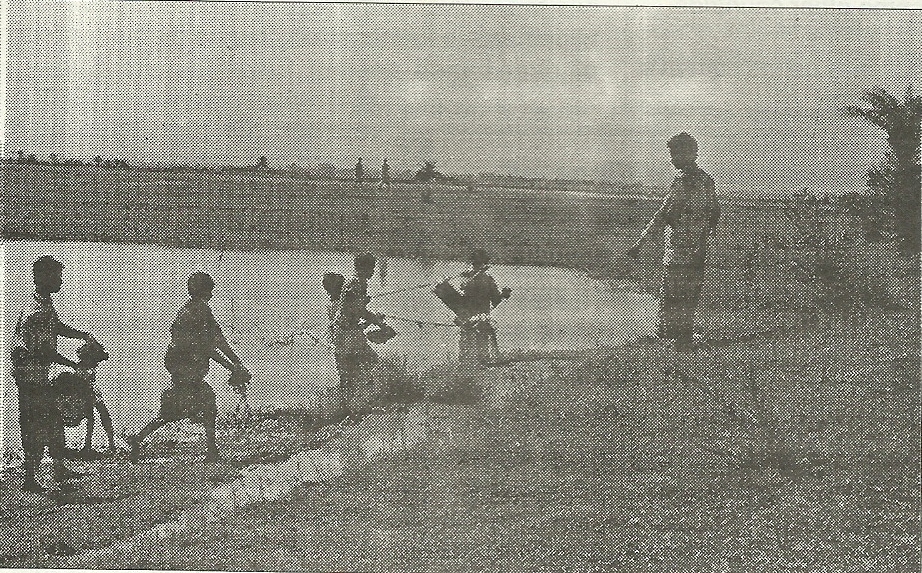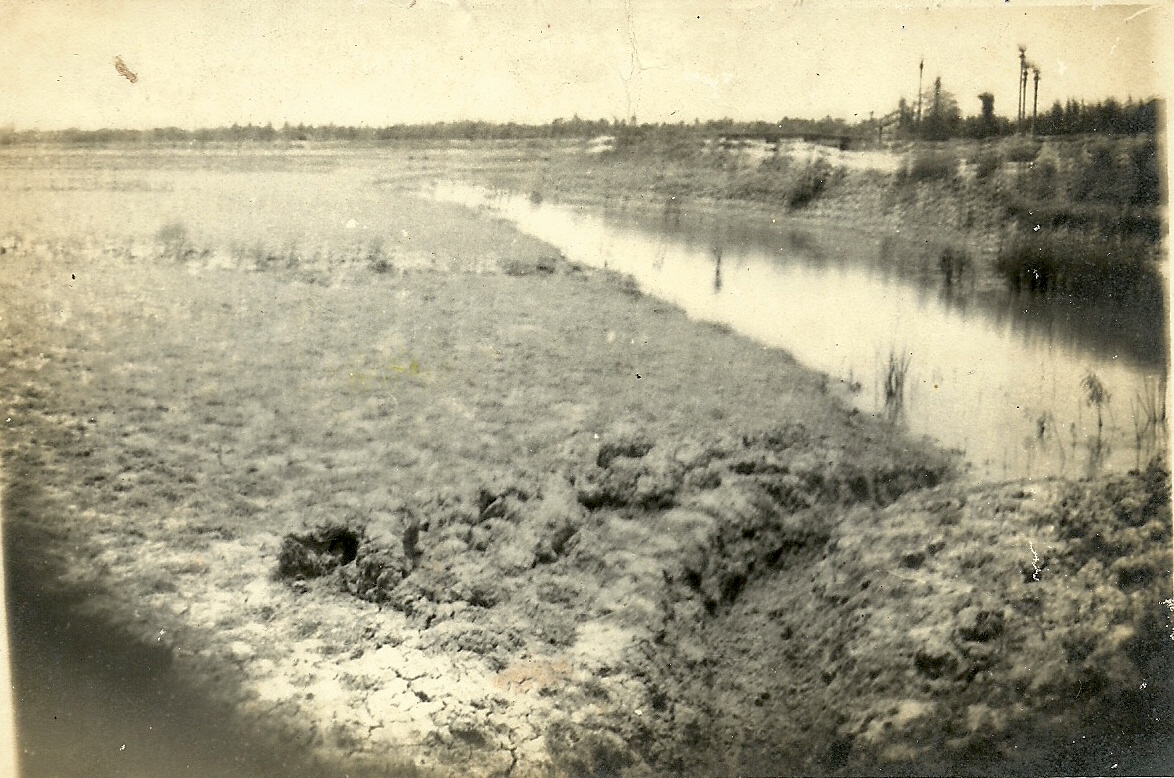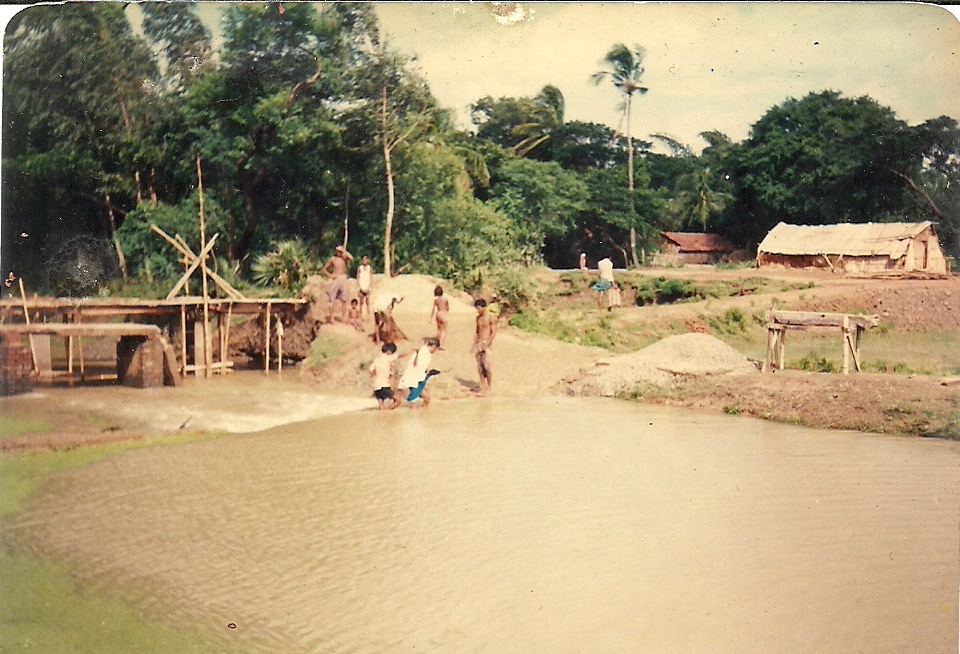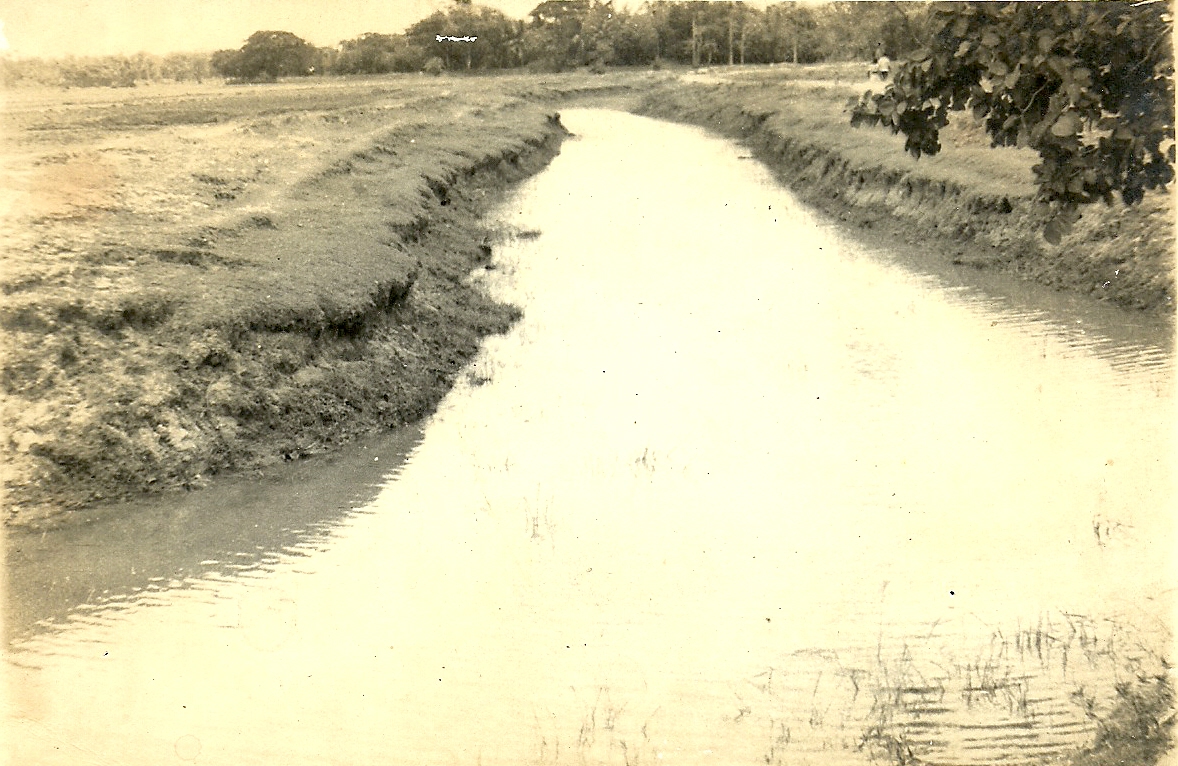An irrigation plan is presented using hydrological balance for heavy clayey soils in coastal areas of Contai, District -Midnapore, West Bengal, India. Though many workers have shown the importance of farm ponds, especially in third-world countries, village-level planning should be given stress due to the fragmentation of land holdings in the study area.
In the village studied the sources of irrigation were found to be only 58 ponds. But those are only too small and uncertain in supplying water as those are not planned hydrologically. This complex approach is simplified here.
From the study, it has been found that extra rainwater in the monsoon period can be ponded which can meet the water requirement of crops in the non-rainy period of the year. This conservation of water may face a deficit period (which could be managed) before the onset of another effective monsoon in the following year. From this approach, it has been also found that three crops can be grown in the village and this can be followed in other villages under a similar agroclimatic situation.
Reference:
Panda, S. and De, P. (1989). Hydrological balance approach for planning irrigation in coastal areas of Contai, Midnapore, West Bengal, Proc. All India Seminar on Role of Hydrology in Efficient Management of Irrigation System, West Bengal Regional Centre, Indian Association of Hydrologists, Calcutta, May 19 – 20, 1989.
Panda, S. and De, P. (1989). Hydrological balance approach for planning irrigation in coastal areas
https://www.researchgate.net/publication/340102421_Hydrological_balance_approach_for_planning_irrigation_in_coastal_areas_of_Contai_Midnapore_West_Bengal_Panda_S_and_De_P_1989




